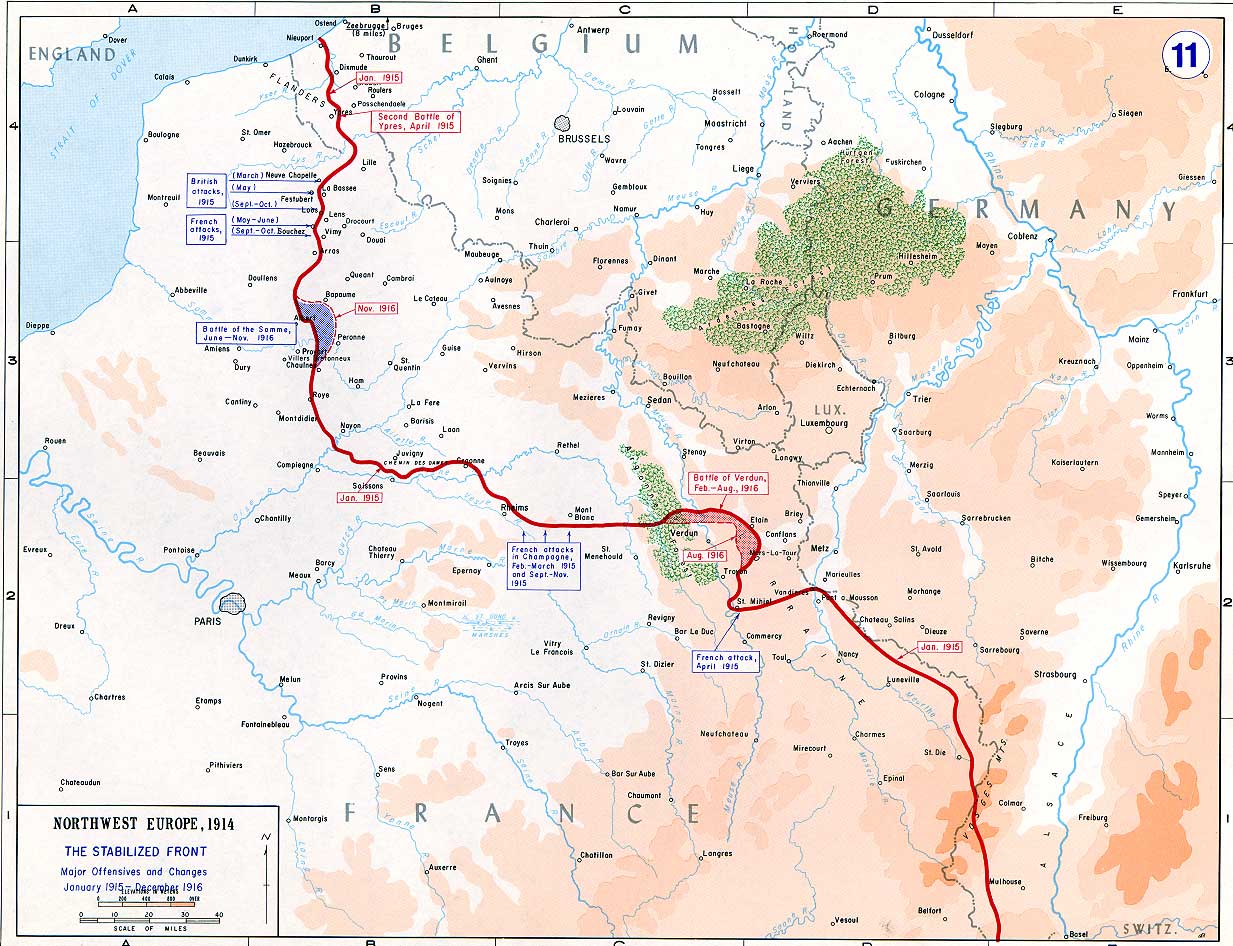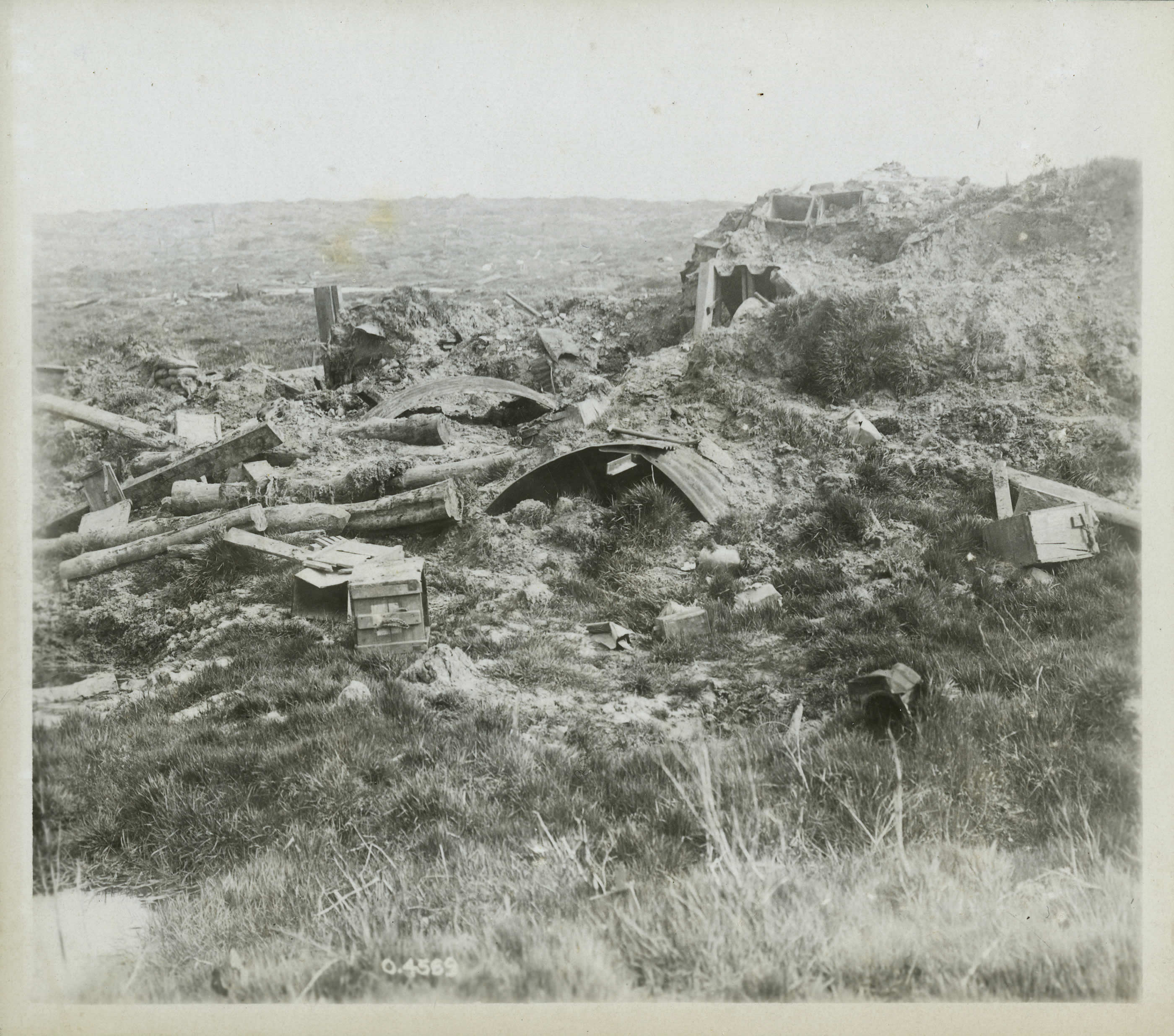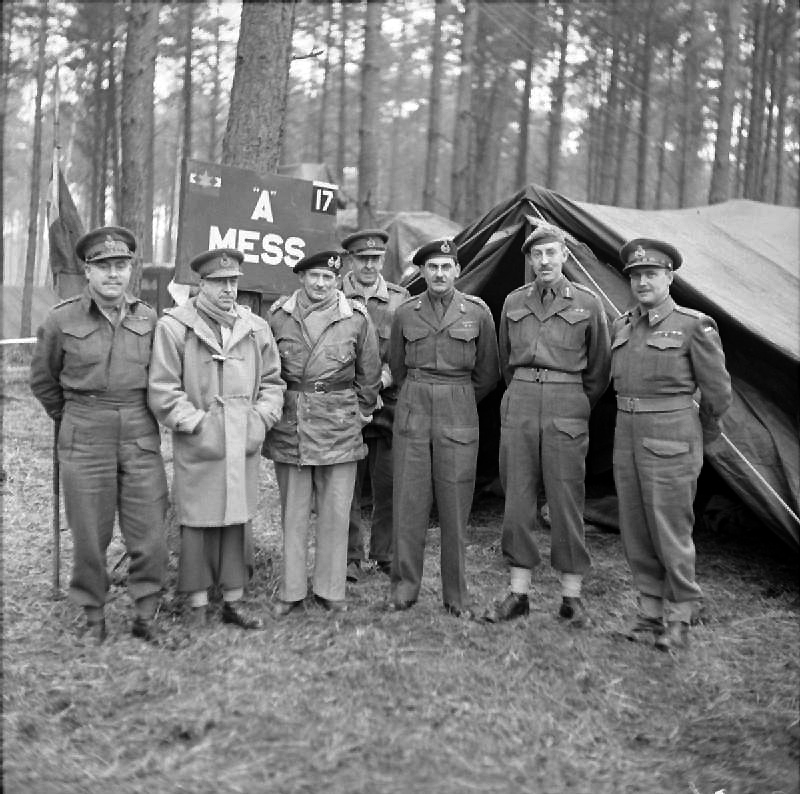|
King's Canadian Hussars
The King's Canadian Hussars were a cavalry regiment of the Non-Permanent Active Militia of the Canadian Militia (now the Canadian Army). In August 1939, the regiment was converted to artillery and currently exists today as the 87th Field Battery, RCA. Lineage * Originated on 12 June 1874 in Kentville, Nova Scotia as the ''King's Canadian Hussars''. * Organized on 1 December 1903 as a full regiment. * Reorganized on 1 April 1904 as the ''14th King's Canadian Hussars''. * Redesignated on 15 March 1920 as ''The King's (Nova Scotia) Mounted Rifles''. * Redesignated on 1 December 1925 as the ''King's Canadian Hussars''. * Amalgamated on 1 December 1936 with C Company of The Colchester and Hants Regiment and B Company of the 6th Machine Gun Battalion, CMGC, and redesignated as the ''King's Canadian Hussars (Armoured Car)''. * Converted on 1 August 1939, from light armour to artillery and formed the ''87th Field Battery, RCA'' and the ''88th Field Battery, RCA''. Perpetuations G ... [...More Info...] [...Related Items...] OR: [Wikipedia] [Google] [Baidu] |
Canadian Militia
The Canadian Militia is a historical title for military units raised for the defence of Canada. The term has been used to describe sedentary militia units raised from local communities in Canada; as well as the regular army for the Province of Canada and post-Canadian Confederation, confederated Canada, referred to as the active militias. The earliest militia units in Canada dates back to 16th century in New France. In the French colony, a compulsory militia of settlers from every parish was raised in order to support the military of New France in the defence and expansion of the colony. Sedentary militia units were also raised by the British, to defend its colonies and to support British military operations on the continent. The sedentary militia eventually fell into disuse in the late-19th century, although vestiges of the sedentary militia system continued into the early-20th century. The Canadian Militia also referred to the regular army established by the Province of Canada ... [...More Info...] [...Related Items...] OR: [Wikipedia] [Google] [Baidu] |
3rd Canadian Division
The 3rd Canadian Division is a formation of the Canadian Army responsible for the command and mobilization of all army units in the provinces of Manitoba, Saskatchewan, Alberta and British Columbia, as well as Northwestern Ontario including the city of Thunder Bay. It was first created as a formation of the Canadian Corps during the First World War. It was stood down following the war and was later reactivated as the 3rd Canadian Infantry Division during the Second World War. The second iteration served with distinction from 1941 to 1945, taking part in the D-Day landings of 6 June 1944. A duplicate of the 3rd Canadian Division was formed in 1945 to serve on occupation duty in Germany and was disbanded the following year. History First World War The 3rd Canadian Division was formed in France in December 1915 under the command of Major-General Malcolm Mercer. Its members served in France and Flanders until Armistice Day. While with the 3rd Division at Ypres, Mercer became ... [...More Info...] [...Related Items...] OR: [Wikipedia] [Google] [Baidu] |
Hussar Regiments Of Canada
A hussar, ; ; ; ; . was a member of a class of light cavalry, originally from the Kingdom of Hungary during the 15th and 16th centuries. The title and distinctive dress of these horsemen were subsequently widely adopted by light cavalry regiments in European armies during the late 17th and 18th centuries. By the 19th century, hussars were wearing jackets decorated with braid plus shako or Busby (military headdress), busby fur hats and had developed a romanticized image of being dashing and adventurous. Several modern armies retain the designation of hussars for Armored unit, armored (tank) units. In addition, a number of mounted units survive which wear historical hussar uniforms on parade or while providing Bodyguard, ceremonial escorts. Historically, the term derives from the cavalry of late medieval Kingdom of Hungary (1301–1526), Hungary, under Matthias Corvinus, with mainly Serb warriors. Etymology Etymologists are divided over the derivation of the word ''huss ... [...More Info...] [...Related Items...] OR: [Wikipedia] [Google] [Baidu] |
List Of Regiments Of Cavalry Of The Canadian Militia (1900–1920)
This is a list of the named and numbered cavalry regiments of the Canadian Militia from around the start of 1900 until the Otter Commission The Otter Commission, or Otter Committee, was established after the First World War to tackle a problem created by the chaotic mobilization of the Canadian Expeditionary Force. In 1919, units of the CEF, intended as a wartime expeditionary force, ... reforms in 1920. The full list is as follows: Permanent Active Militia (Permanent Force) Non-Permanent Active Militia References External links Guide to Sources Relating to the Canadian Militia (Infantry, Cavalry, Armored)The Cavalry Regiments of the Canadian Forces: The Volunteer Militia from 1872 -1920 Canadian Militia Cavalry regiments of Canada {{DEFAULTSORT:List of regiments of cavalry of the Canadian Militia (1900-1920) ... [...More Info...] [...Related Items...] OR: [Wikipedia] [Google] [Baidu] |
Harold Lothrop Borden
Lieutenant Harold Lothrop Borden (23 May 1876 – 16 July 1900) was from Canning, Nova Scotia and the only son of Canada's Minister of Defence and Militia, Frederick William Borden and related to future Prime Minister Robert Laird Borden. Serving in the Royal Canadian Dragoons, he became the most famous Canadian casualty of the Second Boer War. Queen Victoria asked F. W. Borden for a photograph of his son, Prime Minister Wilfrid Laurier praised his services, tributes arrived from across Canada, and in his home town a monument (by Hamilton MacCarthy) was erected to his memory. Early life Borden was born in 1876. He acquired an arts degree at Mount Allison University and was enrolled in medical school at McGill University when he enlisted in the war. Military career Borden's military career began in 1893, when he joined The King's Canadian Hussars, at that time an independent cavalry squadron. In 1897, as a member of Queen Victoria's Diamond Jubilee Contingent he receiv ... [...More Info...] [...Related Items...] OR: [Wikipedia] [Google] [Baidu] |
France And Flanders, 1915–16
The Western Front was one of the main theatres of war during World War I. Following the outbreak of war in August 1914, the German Army opened the Western Front by invading Luxembourg and Belgium, then gaining military control of important industrial regions in France. The German advance was halted with the Battle of the Marne. Following the Race to the Sea, both sides dug in along a meandering line of fortified trenches, stretching from the North Sea to the Swiss frontier with France, the position of which changed little except during early 1917 and again in 1918. Between 1915 and 1917 there were several offensives along this front. The attacks employed massive artillery bombardments and massed infantry advances. Entrenchments, machine gun emplacements, barbed wire, and artillery repeatedly inflicted severe casualties during attacks and counter-attacks and no significant advances were made. Among the most costly of these offensives were the Battle of Verdun, in 1916, with a ... [...More Info...] [...Related Items...] OR: [Wikipedia] [Google] [Baidu] |
Battle Of The Somme
The Battle of the Somme (; ), also known as the Somme offensive, was a battle of the First World War fought by the armies of the British Empire and the French Third Republic against the German Empire. It took place between 1 July and 18 November 1916 on both sides of the upper reaches of the river Somme (river), Somme in France. The battle was intended to hasten a victory for the Allies of World War I, Allies. More than three million men fought in the battle, of whom more than one million were either wounded or killed, making it one of the List of battles by casualties, deadliest battles in human history. The French and British had planned an offensive on the Somme during the Chantilly Conferences, Chantilly Conference in December 1915. The Allies agreed upon a strategy of combined offensives against the Central Powers in 1916 by the French, Russian, British and Italian armies, with the Somme offensive as the Franco-British contribution. The French army was to undertake the m ... [...More Info...] [...Related Items...] OR: [Wikipedia] [Google] [Baidu] |
Battle Of Mont Sorrel
The Battle of Mont Sorrel (Battle of Mount Sorrel) was a local operation in World War I by three divisions of the German 4th Army and three divisions of the British Second Army in the Ypres Salient, near Ypres in Belgium, from 2 to 13 June 1916. To divert British resources from the build-up being observed on the Somme, the XIII (Royal Württemberg) Corps and the 117th Infantry Division attacked an arc of high ground defended by the Canadian Corps in Flanders. The German forces captured the heights at Mount Sorrel and Tor Top, before entrenching on the far slope of the ridge. Following a number of attacks and counterattacks, two divisions of the Canadian Corps, supported by the 20th Light Division and Second Army siege and howitzer battery groups, recaptured the majority of their former positions. Background Mount Sorrel Located in the Ypres Salient, east of Ypres, Belgium and from Hill 60, the Battle of Mount Sorrel took place along a ridge between Hooge and Zwart ... [...More Info...] [...Related Items...] OR: [Wikipedia] [Google] [Baidu] |
1st (Halifax-Dartmouth) Field Artillery Regiment
The 1st (Halifax-Dartmouth) Field Artillery Regiment, RCA, is a Canadian Army reserve artillery regiment. It is located in Halifax, Nova Scotia, at 73 Hobson Lake Drive. The unit consists of two batteries, 51st and 84th Field Batteries (87th Field Battery existing only on paper since the late 1990s). There are two units located within 1st (Halifax-Dartmouth) Field Artillery Regiment. One is in Halifax and the other is the 84th Independent Field Battery located in Yarmouth NS. Both share the same Commanding Officer. History Pre and Postconfederation The regiment traces its lineage back to the Halifax Volunteer Artillery, which may have been in existence as early as 1776. The unit was officially recognized in 1791 and served into the mid-19th century, when it underwent a series of name changes. In 1885, the unit, then known as the 1st "Halifax" Brigade of Garrison Artillery, sent two batteries with the Halifax Provisional Battalion to participate in the suppression of North ... [...More Info...] [...Related Items...] OR: [Wikipedia] [Google] [Baidu] |
First Canadian Army
The First Canadian Army () was a field army and a formation of the Canadian Army in World War II in which most Canadian elements serving in North-West Europe were assigned. It served on the Western Front from July 1944 until May 1945. It was Canada's first and, so far, only field army. The army was formed in early 1942, replacing the existing unnumbered Canadian Corps, as the growing contribution of Canadian forces to serve with the British Army in the United Kingdom necessitated an expansion to two corps. By the end of 1943 Canadian formations consisted of three infantry divisions, two armoured divisions and two independent armoured brigades. The first commander was Lieutenant-General A. G. L. "Andy" McNaughton, who was replaced in 1944 by General H. D. G. "Harry" Crerar. Both had been senior Royal Regiment of Canadian Artillery officers in the Canadian Corps in World War I. Allied formations of other nationalities were added to the First Canadian Army to keep it at full st ... [...More Info...] [...Related Items...] OR: [Wikipedia] [Google] [Baidu] |
North-West Europe Campaign Of 1944–45
North-West Europe 1944–1945 is a battle honour (more properly known as an honorary distinction) earned by regiments of the British Commonwealth forces during the Second World War that took part in the actions of the northern part of the war's Western Front. The battle honour ''North-West Europe'' is suffixed with the year, or years, in which the awarded unit took part in the action.North-West Europe canadiansoldiers.com, retrieved an 29 June 2019. It refers to the land campaign starting with the 6th June landings in |
II Canadian Corps
II Canadian Corps was a corps-level formation that, along with I (British) Corps (August 1, 1944, to April 1, 1945) and I Canadian Corps (April 6, 1943, to November 1943, and April 1, 1945, until the end of hostilities), comprised the First Canadian Army in Northwest Europe during World War II. Authorization for the formation of the corps headquarters became effective in England on January 14, 1943. Over March 4–12 the new Canadian corps was involved in Exercise Spartan, a large-scale training exercise in southern England. This exercise revealed weaknesses in the command of both the new Corps and of First Canadian Army, and this led directly to several changes in leadership over the subsequent year. The first commander of II Canadian Corps was Lieutenant-General Ernest William Sansom, effective January 15, 1943. Concerns over his leadership abilities and health caused Sansom to be replaced by Lieutenant-General Guy Simonds on January 29, 1944. Simonds led the corps for th ... [...More Info...] [...Related Items...] OR: [Wikipedia] [Google] [Baidu] |







